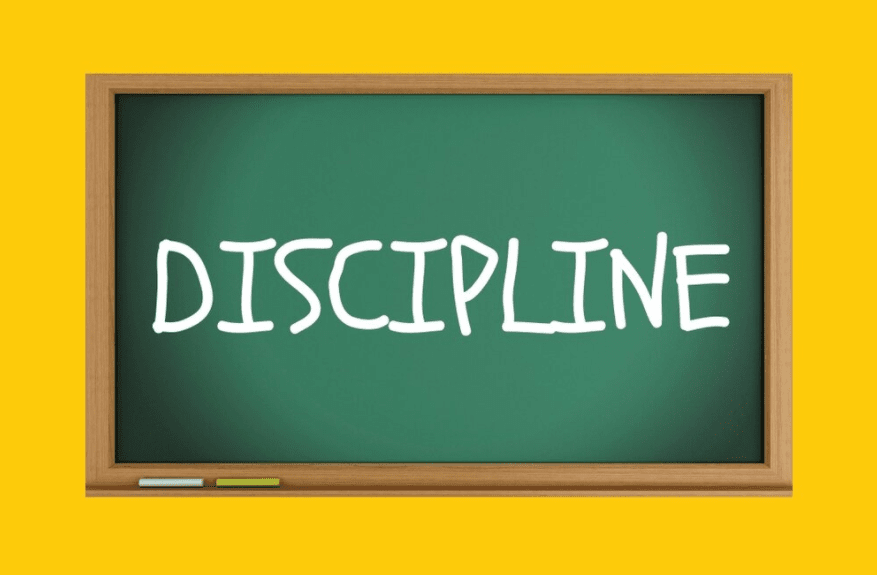
With technology ever on the rise, and kids’ faces glued to their screens, people are talking less and less. It’s no wonder that students today tend to struggle more with articulating their thoughts and ideas verbally. They don’t have to as much as older generations did! But being able to communicate articulately way is still a vital skill, both socially and academically. Connection and cooperation with others are paramount to a child’s whole development, and those become compromised when children lack the skills to communicate in real life, and not just virtually.
Of course, the simplest way to address this is to engage kids in conversation as much as possible! Encourage them to talk to each other about things that interest them. Always model honest, respectful, and productive conversations, whether in the classroom or at home. For many students, simply increasing exposure and practice will be enough to help boost their communication skills.
But for other students who especially struggle with translating their thoughts verbally, extra support might be needed to build these skills. Here are some strategies that can help these students both at home and in school.
Teaching Kids How to Discuss
In order to engage in productive conversations with peers and adults, students need to learn the unwritten rules for how conversations flow. This happens through frequent observation, direction, and practice. Students should watch others in conversation and talk about what they noticed. An excellent way to do this is through a Fishbowl exercise, in which the class divides into an “inner” circle and an “outer” circle. The inner circle has a conversation while the outer circle watches. Then the outer circle comments on what they saw, what worked, what didn’t work, etc. Then the groups switch. Kids love Fishbowls, and they are a fantastic way for students to learn from each other.
For Students with Language Disorders
Sometimes a child’s difficulty with verbal communication is due to a language disorder. In these case, they will likely need additional strategies and supports to promote development of language skills.
Simplify Language
While most students benefit from large amounts of exposure to complex spoken sentences, students with communication disorders usually need smaller steps. If a child is mostly or completely nonverbal, he won’t suddenly be able to speak in full sentences. Start with single words to identify items that interest him and actions he performs. Students are always more likely to learn words when they are linked to their own interests and ideas.
For children who have limited verbal skills, complete sentences are important. When they try to communicate something in just a word or phrase, model what their statement/question/comment would sound like in a simple, but full sentence. Encourage them to try the full sentence, but don’t force it.
Assistive Devices
Finally, assistive devices are available for students who need individualized support with communication. These devices can be as simple as a board or binder of pictures or symbols for the student to point to as she is developing verbal skills. These devices can also be technologically advanced, like a voice amplifier for those who need assistance being heard. If you think your child would benefit from one of these, speak to his or her teacher or related service provider.




